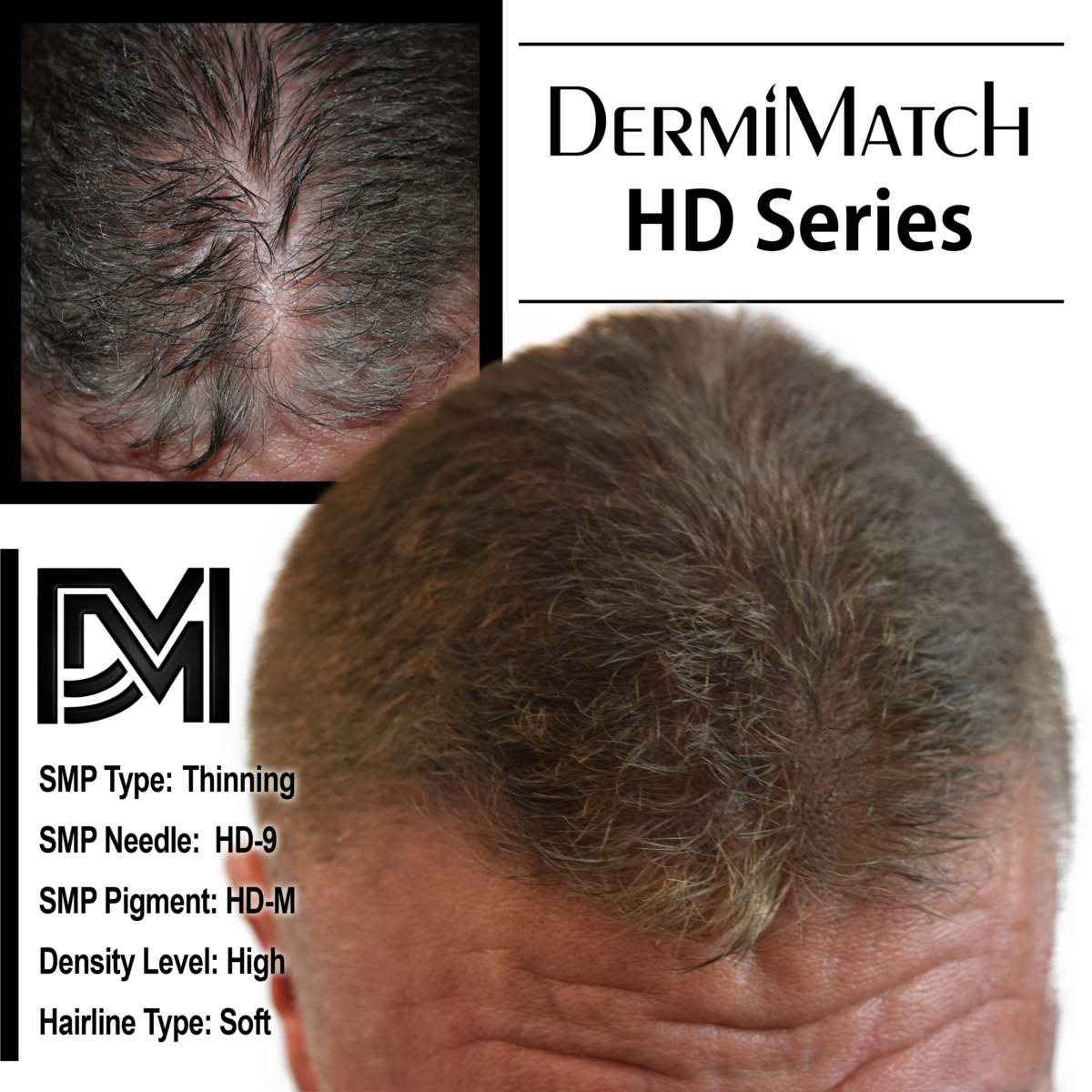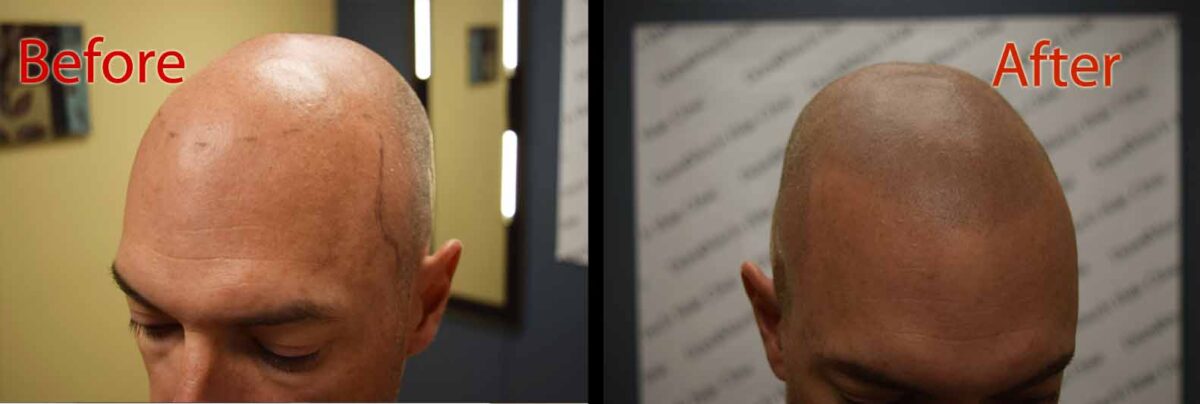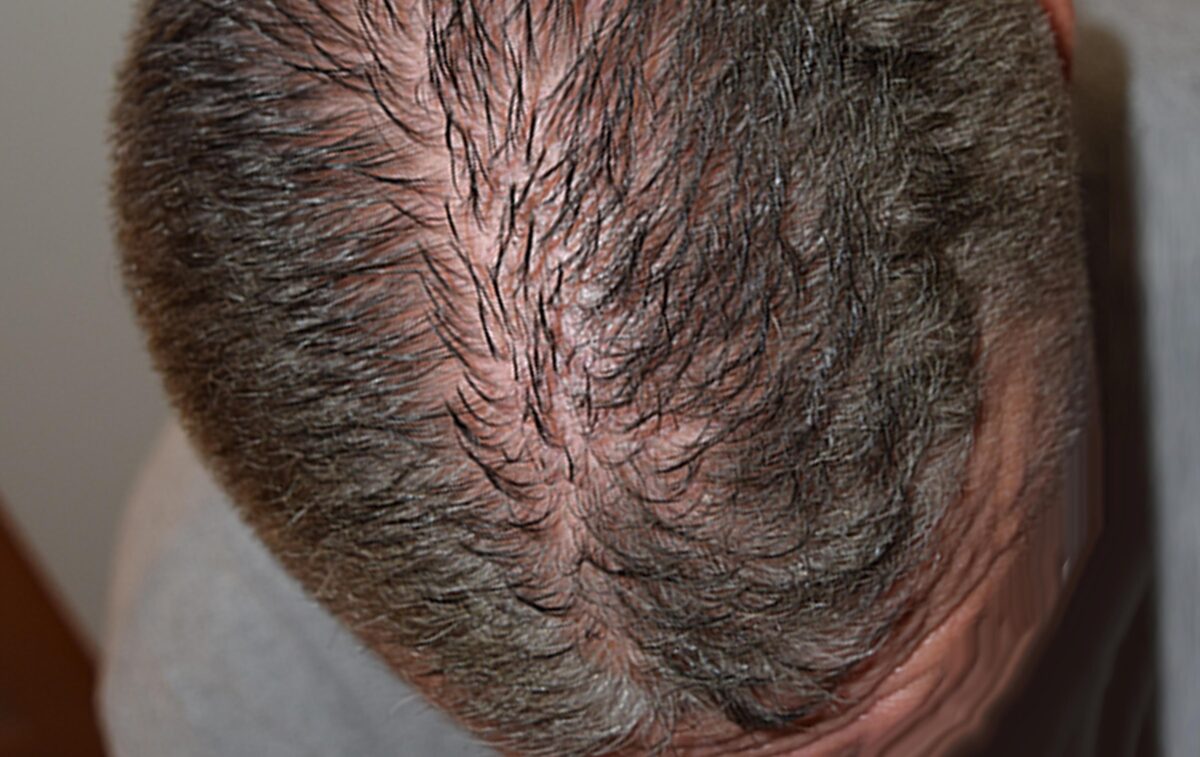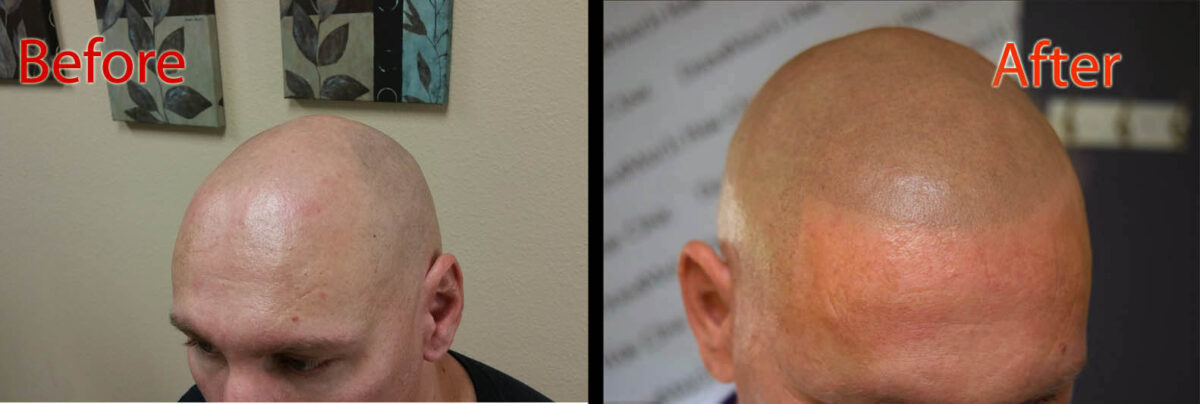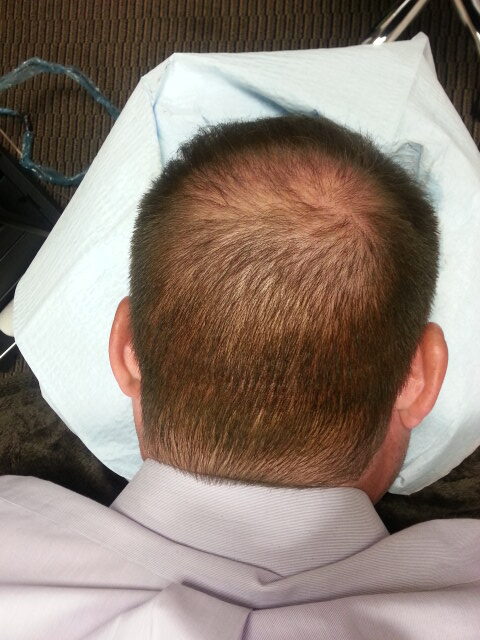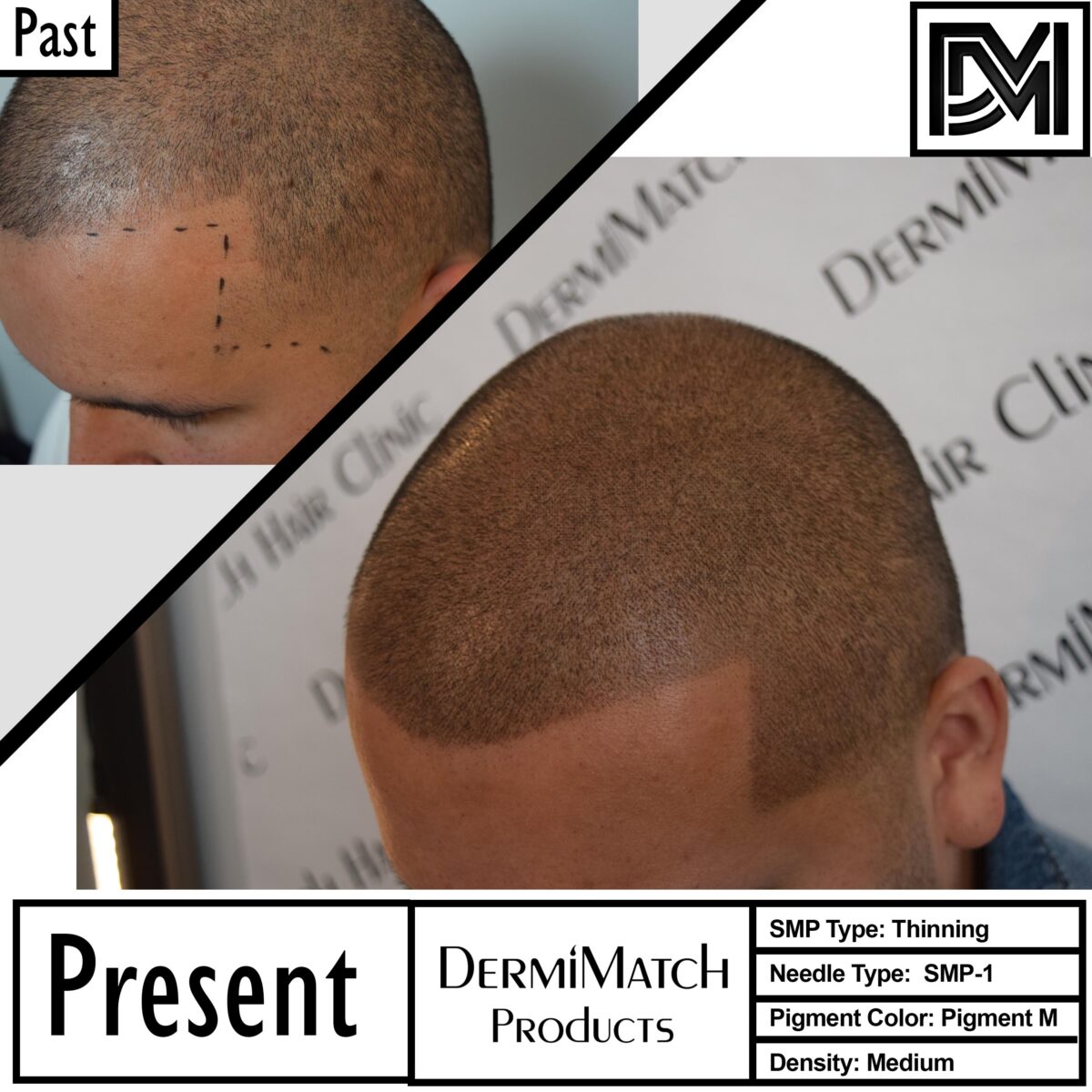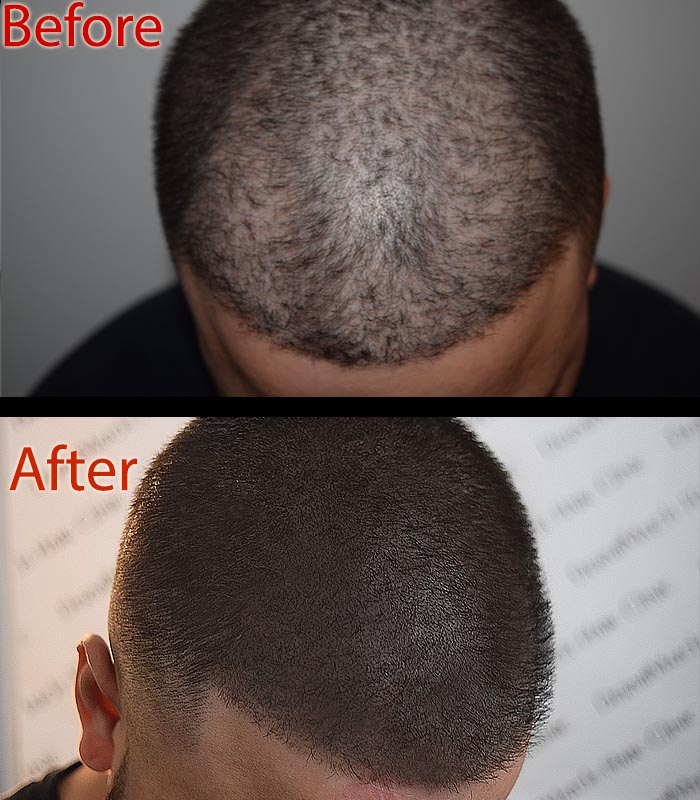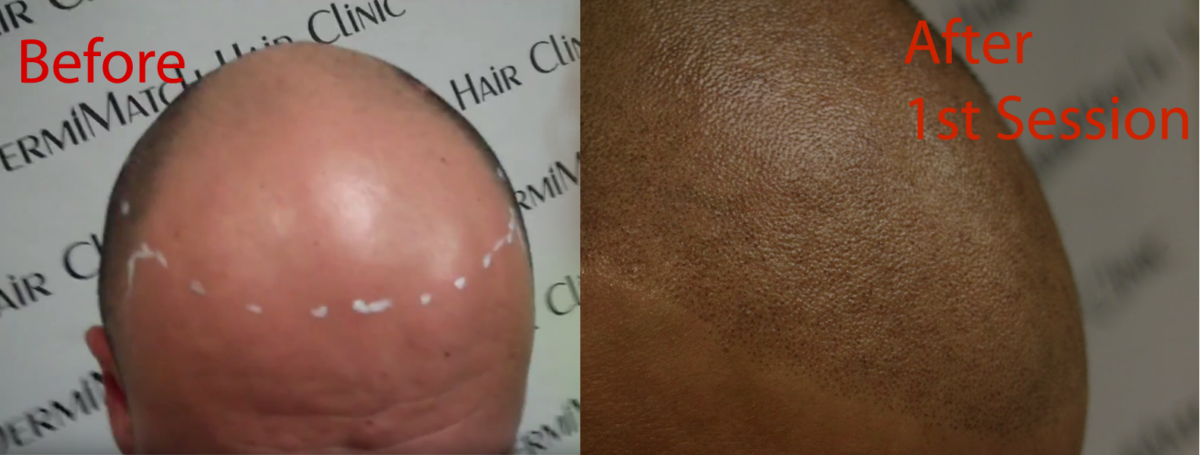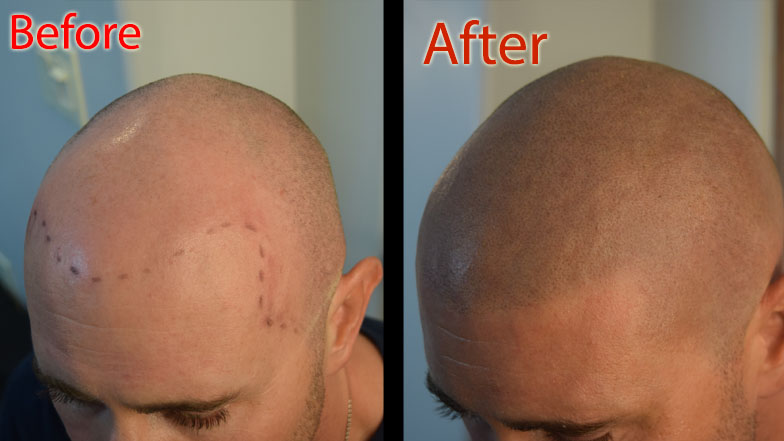Ketogenic (keto) diets have soared in popularity, attracting individuals seeking weight loss, improved health markers, and performance benefits. However, some keto dieters report experiencing hair thinning or increased shedding, raising concerns about a potential connection between the diet and hair loss. Let’s explore ketogenic diets and hair loss connections.
Exploring Links Between Ketogenic Diet and Hair Loss
While no large-scale studies link keto diets to accelerated hair loss (alopecia), these programs could contribute to increased shedding in some individuals.
The following reasons could be blamed:
Nutrient Deficiencies
Critics argue that the restriction of grains, fruits, and certain vegetables on very low-carb diets can lead to deficiencies in key nutrients like iron, zinc, biotin, folate, selenium, and vitamins A, C, D, and E over extended periods. However, individuals who supplement these nutrients or follow a well-balanced keto approach may mitigate these risks.
Hormonal Effects
Ketogenic diets can increase cortisol and thyroid hormone output to release stored glucose. This stress response, coupled with low insulin levels resulting from carb restriction, could potentially exacerbate alopecia symptoms in individuals genetically predisposed to hormonally driven baldness.
Rapid Weight Loss
Losing significant weight quickly often coincides with a period of increased hair shedding. This can be attributed to the metabolic shift disrupting the normal hair growth cycle.
What the Research Reveals:
Currently, there’s limited information establishing a direct cause-and-effect relationship between ketogenic diets themselves and hair loss. However, some insights can be gleaned from available data:
Anecdotal Reports
Online forums abound with personal accounts of keto dieters experiencing increased shedding, particularly during the initial adaptation period. However, these lack the scientific rigor of controlled studies.
Rapid Weight Loss
Studies confirm that crash dieting and rapid weight loss due to calorie deficit can temporarily induce hair shedding. This indirectly supports the possibility of increased shedding on keto but doesn’t isolate the effect from other weight loss methods.
Nutrient Status Study
A 2021 study found no clinically significant differences in micronutrient levels between individuals on a ketogenic diet for over six months and those on a normal diet, provided sufficient vitamin supplementation. This suggests that monitored keto diets with proper supplementation might minimize the risk of hair thinning.
Addressing Concerns
The current body of evidence does not establish a clear causative link between properly implemented, nutritionally balanced ketogenic diets and long-term hair loss. However, the potential for temporary shedding spikes during the initial adaptation period remains. To address these concerns, consider the following:
Monitor nutrient intake
Ensure adequate intake of essential hair health nutrients through dietary choices or supplements.
Gradual transition
Ease into the keto diet to lessen the metabolic shock on your body.
Genetic predisposition
If you have a family history of hair loss, carefully weigh the potential benefits and risks of a restrictive diet like keto before switching to one.
The Solution is Here
The link between ketogenic diet and hair loss remains inconclusive. While certain aspects of the diet might theoretically increase shedding, current evidence does not support a definitive causal relationship. But if you end up suffering from hair loss from diet, then you might want to try scalp micropigmentation for hair shedding.
It is a safe and non-invasive hair restoration procedure that helps conceal signs of hair loss. But finding the best scalp artist in Arizona can make a big difference in the outcome. Get in touch with DermiMatch Clinic, which boasts a team of Arizona SMP technicians.

